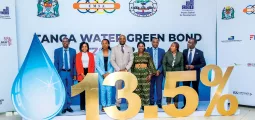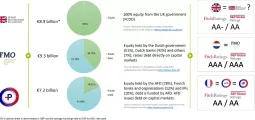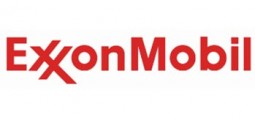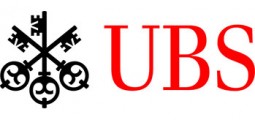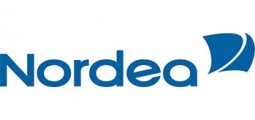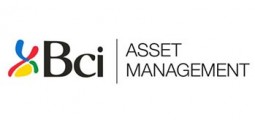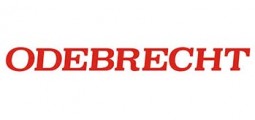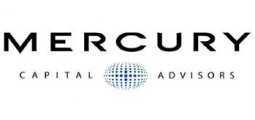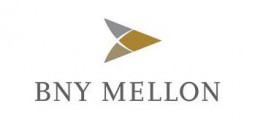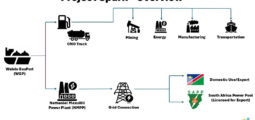Nissan’s Decline: A Story of Missed Opportunities and Mounting Challenges
Once a titan of the automotive industry, Nissan now grapples with a series of setbacks threatening its long-term viability. From falling sales and a damaged brand image to an outdated product lineup and tensions within the Renault-Nissan-Mitsubishi Alliance, the road ahead is fraught with peril.
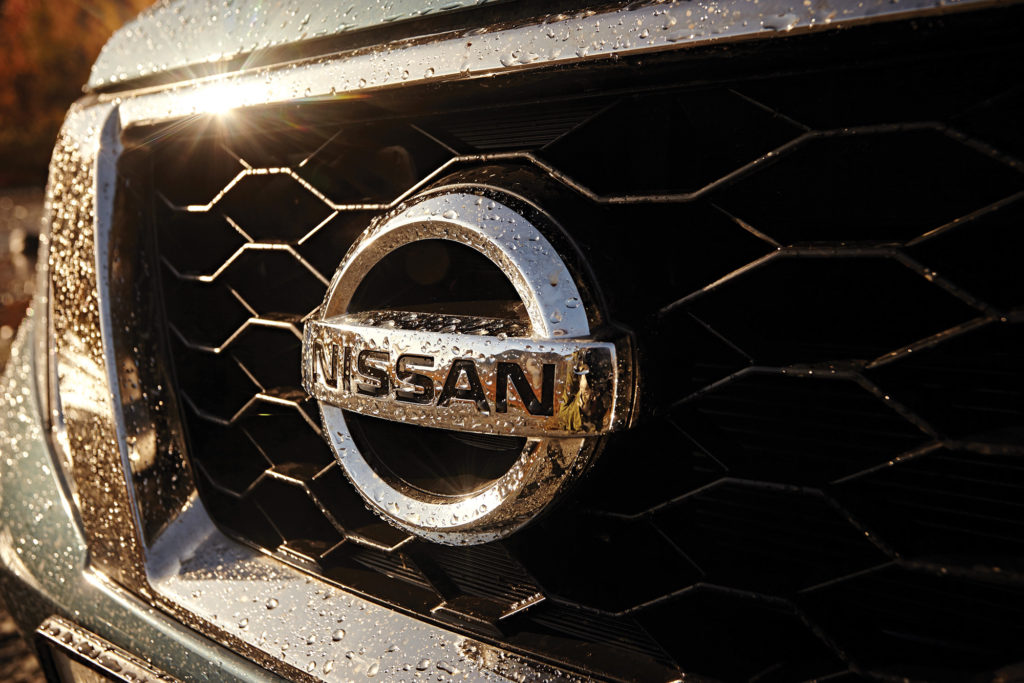
Nissan, once celebrated as a beacon of Japanese automotive innovation, finds itself mired in a crisis that imperils its future. A combination of internal missteps, external market pressures, and a tarnished reputation has left the company struggling to remain competitive in an industry undergoing rapid transformation.
Declining Sales and Eroding Market Share
The numbers paint a grim picture: Nissan’s global sales fell to 3.3 million vehicles in 2022, down sharply from a peak of 5.8 million in 2017. This precipitous decline is mirrored in shrinking market share, particularly in critical markets such as the United States and China.
A significant factor behind this drop is Nissan’s aging product lineup. Models like the Altima and Sentra, once staples of the brand’s success, now lag behind competitors in terms of design, technology, and consumer appeal. With buyers increasingly drawn to cutting-edge electric vehicles (EVs) and advanced driver-assistance systems, Nissan’s outdated offerings are a glaring liability.
Adding to its woes, Nissan’s reputation for quality and reliability—once a hallmark of the brand—has been severely dented. A series of scandals, including the arrest of former CEO Carlos Ghosn on financial misconduct charges and revelations of improper vehicle inspections at Japanese factories, has shaken consumer trust. This reputational damage has left the company fighting an uphill battle to attract buyers.
The Renault-Nissan-Mitsubishi Alliance: A Fraying Partnership
At the heart of Nissan’s challenges lies its strained relationship within the Renault-Nissan-Mitsubishi Alliance. Established in 1999, the alliance was a groundbreaking partnership that promised shared technology, economies of scale, and a global footprint.
However, the arrest of Carlos Ghosn—credited with forging and steering the alliance—has laid bare deep fissures between the partners. Tensions over control, strategic direction, and profit-sharing have undermined the alliance’s effectiveness.
For Nissan, the stakes are high. The company depends on the alliance to access shared technologies and platforms, enabling cost-effective production and a competitive edge in global markets. If the partnership dissolves, Nissan would face formidable challenges in standing alone against industry giants with far greater resources.
Reviving the Brand: The Path Forward
Nissan’s survival depends on its ability to address three pressing issues: its outdated product lineup, its tarnished brand image, and the uncertain future of its alliance with Renault and Mitsubishi.
Revitalising the Product Lineup
Recognising the need for transformation, Nissan has committed to an ambitious overhaul of its vehicle range. Under its “Ambition 2030” plan, the company aims to launch 12 new electric models by the end of the decade. This includes innovations in battery technology, such as solid-state batteries, promising enhanced range and faster charging.
EVs are a critical focus, reflecting both consumer demand and regulatory pressures to reduce emissions. However, success will require not only cutting-edge technology but also competitive pricing and compelling designs to capture the attention of discerning buyers.
Rebuilding Consumer Trust
Nissan must also repair its damaged reputation. Strengthening corporate governance, improving quality control, and fostering transparency are essential steps. The company needs to show consumers it has learned from past mistakes by consistently delivering reliable, high-quality vehicles.
Restoring trust will also involve reconnecting with the emotional appeal that once made Nissan a household name. Iconic models like the GT-R and Z-series sports cars could play a key role in rekindling consumer enthusiasm, provided they are updated to align with modern preferences for sustainability and innovation.
Navigating Alliance Uncertainty
The Renault-Nissan-Mitsubishi Alliance remains a double-edged sword. While the partnership offers critical advantages, it also poses significant risks. Nissan must work to stabilise the relationship, finding ways to balance its interests with those of its partners.
One potential path is a renegotiation of the alliance’s structure, allowing for greater autonomy while preserving shared benefits. This could include joint development of EV platforms and shared investments in autonomous driving technologies, ensuring mutual gains without exacerbating existing tensions.
Lessons from the Decline
Nissan’s struggles serve as a cautionary tale for the automotive industry. Even giants with storied histories are not immune to complacency, market shifts, and poor governance. For Nissan, failure to adapt to the electric revolution, coupled with the fallout from scandals, has been particularly damaging.
Yet the company’s legacy of innovation suggests it has the potential to recover. Nissan pioneered the affordable EV market with the Leaf, which remains one of the best-selling electric cars globally. If the company can recapture that pioneering spirit and align its strategies with the demands of today’s market, it may yet chart a path to renewed relevance.
A Crossroads for Nissan
The challenges Nissan faces are formidable, but not insurmountable. With bold investments in EVs, a renewed focus on quality and trust, and careful management of its global alliances, the company can regain its footing. However, the window for action is narrowing.
The road ahead is fraught with peril, but for a brand that once revolutionised the industry, there remains hope. Nissan’s ability to learn from its mistakes and adapt to a rapidly evolving landscape will determine whether it can reclaim its position as a leader in the global automotive market—or whether it will become a relic of the past, overtaken by nimbler, more forward-thinking competitors.
You may have an interest in also reading…
Biggest Commodity Price Shock in 50 Years is Here
In addition to death and destruction in Ukraine, the Russian invasion brought several significant shocks to the global economy. The
PwC: Nigerian Report on Ease of Doing Business
In 2016, the Nigerian economy was in a recession recording negative growth of 1.5%. This was mainly triggered by the
Grant Thornton – China: M&A Due Diligence Pitfalls
By Barry Tong, Partner, Advisory, Grant Thornton Hong Kong Limited To acquire a business is a journey and in the words of Lao


















